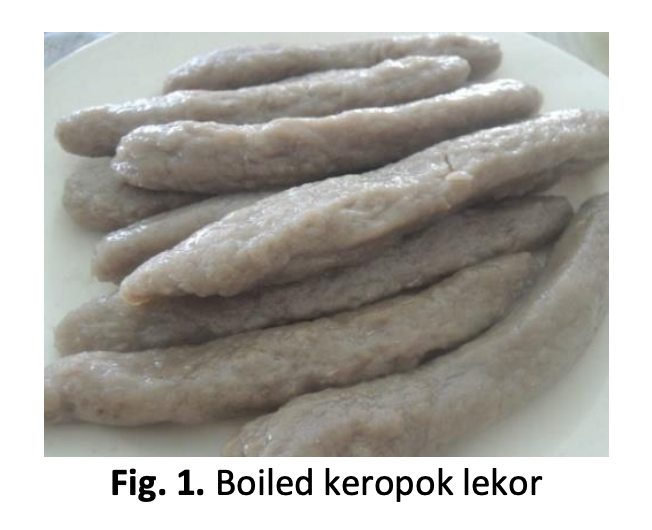Energy Profiling and Potential Energy Saving of a Keropok Lekor Small Industry
DOI:
https://doi.org/10.37934/araset.34.2.195209Keywords:
Small industry, energy audit, energy profiling, energy saving, energy efficiencyAbstract
Malaysia Statistical Business Register (MSBR) released by the Department of Statistics Malaysia (DOSM) highlighted that the total number of SMEs in Malaysia was 97.2% of the total business establishment in 2020. Keropok lekor is a favourite snack in Malaysia and this small industry blossomed in the area near the ocean fishing industry. This study aimed to conduct an energy profiling study to identify the energy consumption profile, electricity usage analysis, and propose cost-benefit energy conservation measures (ECMs) for a selected keropok lekor small industry in Terengganu, Malaysia. The energy audit starts with a preliminary energy usage analysis by reviewing three years of electricity bills from 2019 to 2021. Then, the field data collection was conducted by measuring the illuminance level, air velocity, and air temperature at the shop area and two manufacturing (manufacturing 1 and 2) spaces. Results of the analysis showed that the freezers and chillers consumed the highest 71.3% of overall electrical usage. Applicable Energy Counter Measures (ECMs) were proposed to the small industry management from no cost to high-cost investment such as energy-saving training programs for the workers, organized and efficient usage of the freezers and chillers, replacing electrical appliances with efficient-energy appliances, retrofitting LED lamps, and installation of solar panels. The cost analysis showed 0.73 years of the pay-back period for LED tubes retrofitting and 6 years for solar panel installation. Overall, the energy profiling study was successfully conducted and applicable ECMs with cost-benefit analysis were also had been proposed to the small industry for effective energy management.
Downloads





























